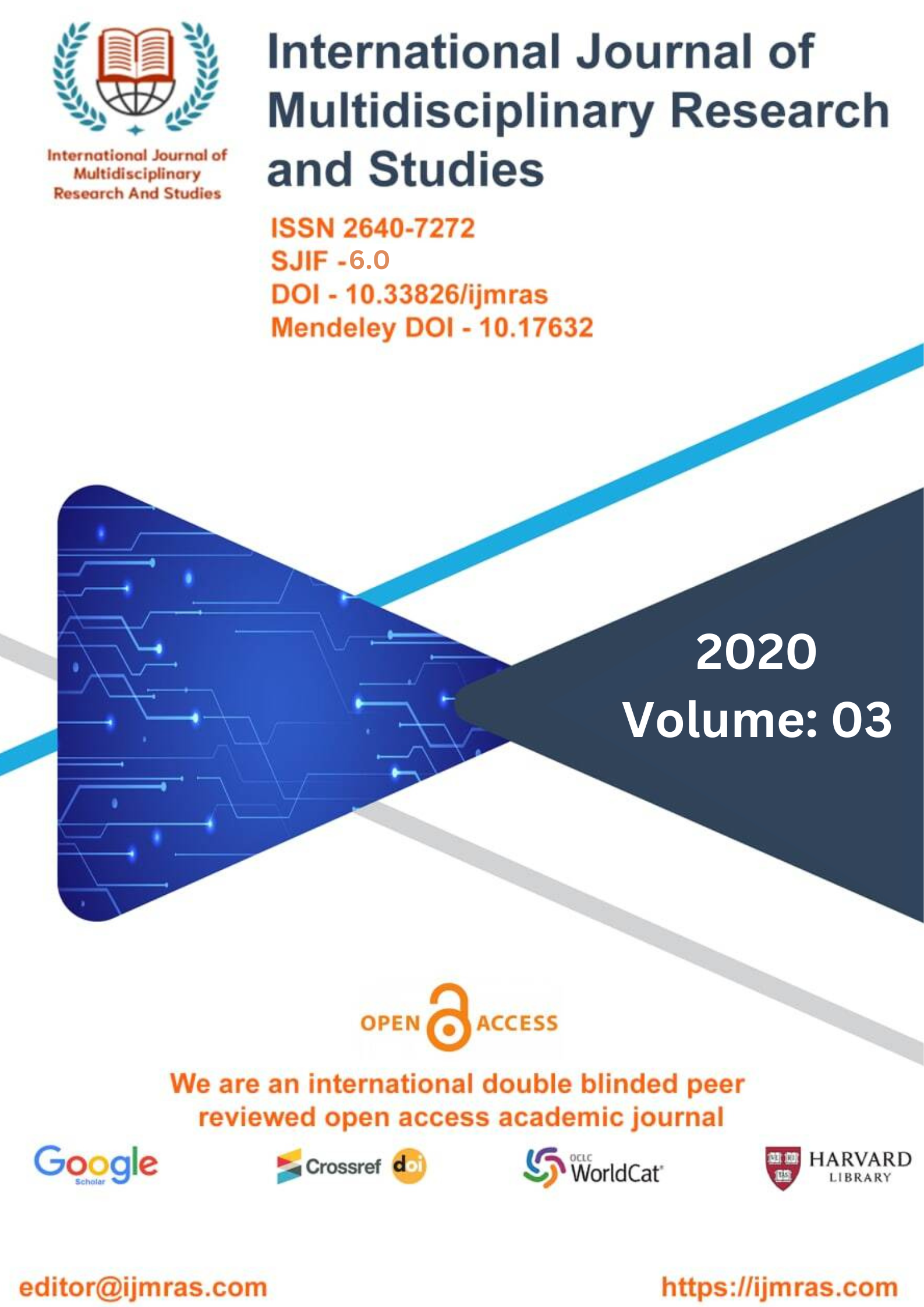FORAMATION OF ORGANS AND ORGAN SYSTEMS IN NON-INTENSTIONAL TURBELLARIA

Abstract
The Platyhelminthes historically contain organisms grouped in three major clades, Acoelomorpha, Catenulida, and Rhabditophora, which include the Neodermata (Figure 1.1). The Neodermata (Ehlers, 1985) comprises the group of the parasitic Platyhelminthes: Monogenea (Monopisthocotylea and Polyopisthocotylea), Trematoda (Aspidogastrea and Digenea), and Cestoda (Amphilinidea, Gyrocotylidea and Eucestoda) (Littelwood et al., 1999). They are characterized by the presence of a neodermis (hence the name of this parasitic clade), which is a specialized epidermis formed by a peripheral syncytium with cytoplasmic elongations. Monogenea are normally ectoparasitic on aquatic vertebrates, such as fishes, whereas trematodes and cestodes are exclusively endoparasitic, generally in vertebrates. The Platyhelminthes, both parasitic and free-living taxa, share a set of characters: they are nonsegmentedacolomates without an anus, which lack respiratory and circulatory systems but possess an excretory system. In addition, all are hermaphroditic and asexual (mainly paratomy) and sexual reproduction are present. The classical characteristics defining the phylum Platyhelminthes are: bilateral symmetry, multiciliated epidermis, absence of an accessory centriolus at the ciliary roots, more
Keywords
NeodermataHow to Cite
References
Ax, P. (1987): The phylogenetic system. The systematization of organisms on the basis of their phylogenetics. John Wiley and Sons Ltd. Chichester.
Ax, P., Ehlers, U., and B. Sopott-Ehlers (1988): Free-living and symbiotic Platyhelminthes. Proceedings of the Fifih International Symposium on the Biology of "Turbellarians". Stuttgart, New York: Gustav Fischer Verlag.
Bedini, C., Fererro, E., and A. Lanfianchi (1973): The ultrastructure of ciliary sensory cells in two Turbellaria Acoela. Tissue & Cell 5 (3): 359-372.
Bedini, C., Ferrero, E., and A. Lanfranchi (1975): Fine structural observations on the ciliary receptors in the epidermis of three otoplanid species (Turbellaria: Proseriata). Tissue & Cell 7: 253-266.
Bogitsh, B. J., and F. W. Harrison (1991): Introduction. In: Microscopic Anatomy of Invertebrates, Vo1.3: Platyhelminthes and Nemertinea, Wiley-Liss, Inc.
Briiggemann, J. (1986): Ultrastructural investigations on the differentiation of genital hard structures in free-living phatyhelminths and their phylogenetic significance. Hydrobiologia 132: 151- 156
Cavalier-Smith, T. (1998): A revised six-kingdom system of life. Biol. Rev. 73: 203-266.
Dorjes, J. (1968): Die Acoela (Turbellaria) der deutschenNordseekiiste und einneues System der Ordnung. Z. Zool. Syst. Evolutionsforsch. 6: 56-452.
Ehlers, U. (1977): VergleichendeUntersuchungeniiber Collar-RezeptorenbeiTurbellarien. Acta Zool. Femica 154: 137-148.
Ehlers, U. (1985): Das Pylogenetische System der Platyhelimnthes. Gustav Fischer, Stuttgart.
Ehlers, U., and B. Ehlers (1977): Monociliary receptors in interstitial Proseriata and Neorhabdocoela (Turbellaria: Neoophora). Zoomorphology 86: 197-
Eisenmam, E. A., and M. Alfert (1982): A new fixation procedure for preserving the ultrastructure of marine invertebrate tissue. Journal of Microscopy 125: 117-120.
Faulstich, H., Zobeley, S., Rimerthaler, G., and J. V. Small (1988): Fluorescent phallotoxins as probes for filamentous actin. J. Muscle Res. Cell Motility
Flock, A. (1965): Transducing mechanism in lateral line canal organ receptors. Cold Spring Harb. Symp. Quant. Biol. 30: 133-145.
Giberson, R. T., and R. S. Jr. Demaree (1995): Microwave fixation: understanding the variables to achieve rapid reproductible results. Micros. Res. Techn. 32: 246-254.
License
Copyright (c) 2020 EHTESHAM RABBANI

This work is licensed under a Creative Commons Attribution 4.0 International License.
Individual articles are published Open Access under the Creative Commons Licence: CC-BY 4.0.



